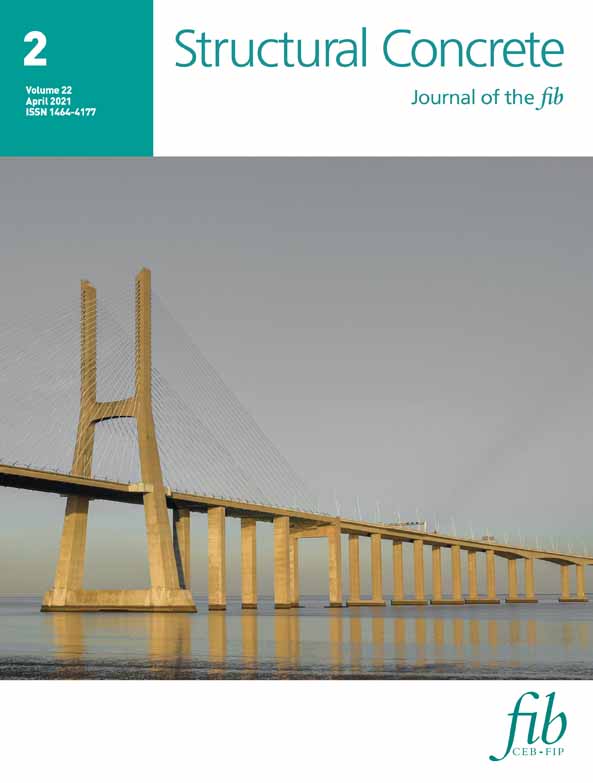Numerical analysis on shear resistance of ultra-high performance concrete-normal strength concrete composite beam
Abstract
Ultra-high performance concrete-normal strength concrete (UHPC-NC) composite beam is a brand-new composite structure. UHPC-NC composite beam not only has the interfacial problem of the two materials, but its shear resistance should be investigated, which directly determines the mechanical performance and engineering value. In this article, the finite element analysis (FEA) method combined with the UHPC-NC composite beam shear experiment are used to analyze the shear resistance of the composite beam and the influence of the interfacial zone on the shear behavior. The shear span-to-depth ratio, UHPC layer, and longitudinal reinforcement of specimens are designed to study the shear mechanism. Then the FEA model is used to simulate the cooperative working properties of the concrete beam and the UHPC layer, which includes two conditions—slip and no-slip. The shear resistance, load-span deflection curve and the strain of longitudinal reinforcement of the UHPC-NC composite beams are analyzed and studied in combination with the results of shear experiment. The results show that the UHPC-NC composite beam can effectively improve the ultimate shear resistance and ductility of the beam. At the same time, the interfacial zone of UHPC-NC composite beam at the ultimate stage is a weak area, the cracking of that will has adverse effects on the mechanical properties of the composite beam, which needs to be paid attention to in the structural design.
Open Research
DATA AVAILABILITY STATEMENT
The data that support the findings of this study are available from the corresponding author upon reasonable request.




